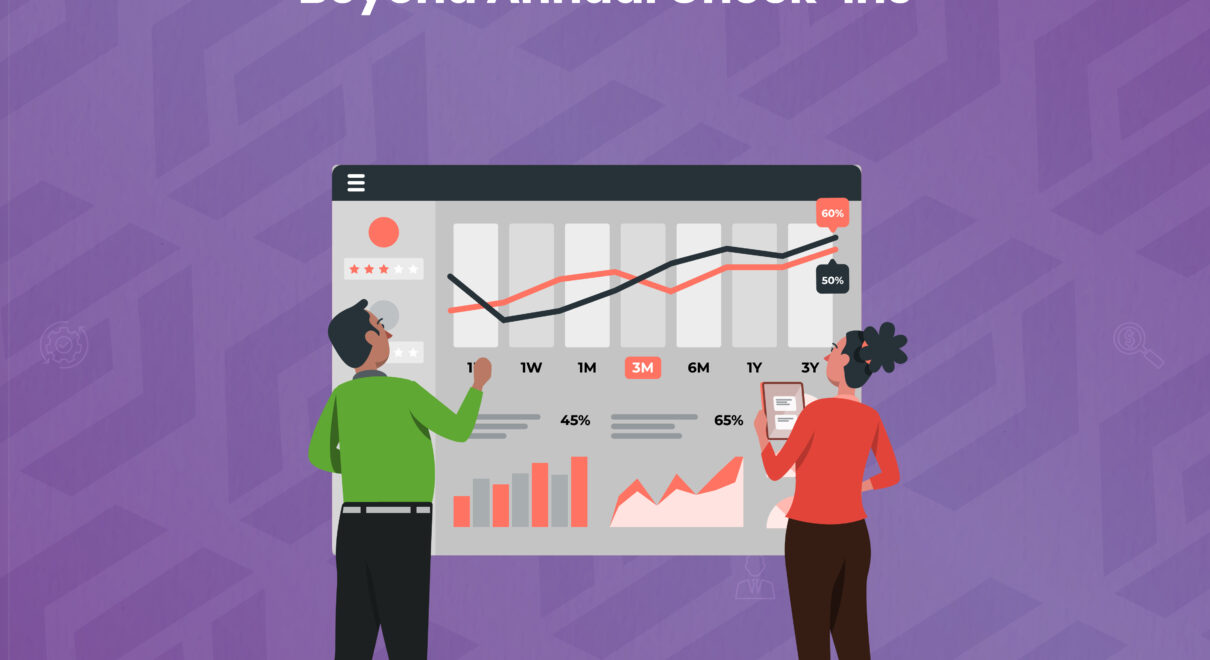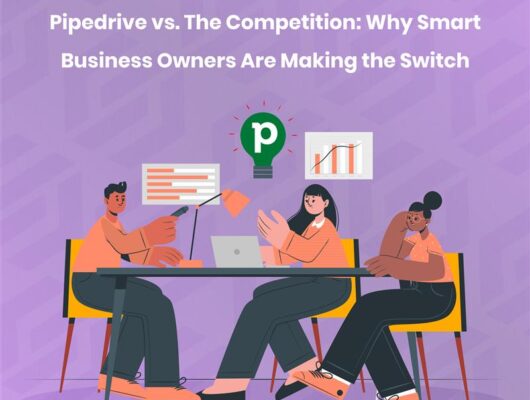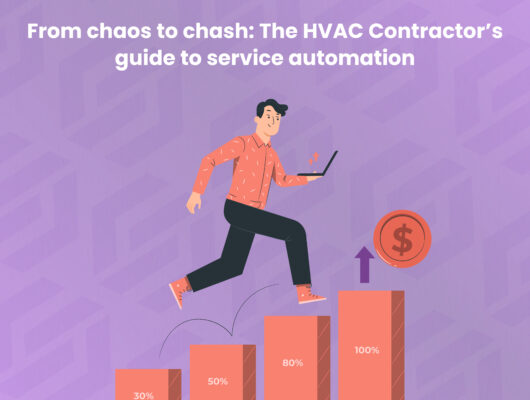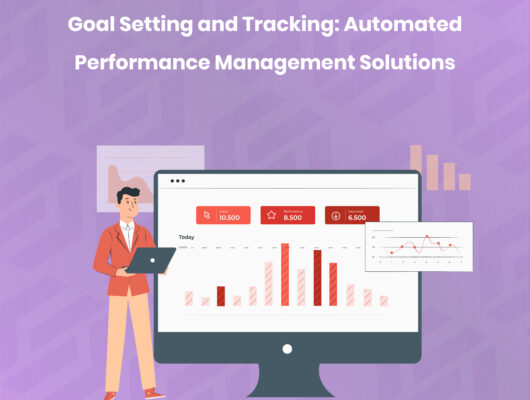Let me tell you about Sarah, an HR director I met at a conference last month. She looked exhausted. “I spend three months every year drowning in performance review paperwork,” she confided over coffee. “By the time I’m done, the feedback is already outdated.”
Sound familiar? If you’re nodding your head, you’re not alone. The traditional annual performance review is as outdated as a flip phone in 2025.
Here’s the thing: while you’re still wrestling with spreadsheets and chasing managers for overdue evaluations, forward-thinking HR companies are revolutionizing their approach. They’re not just tweaking their annual reviews – they’re completely reimagining what employee performance management looks like in the modern workplace.
And honestly? The results are nothing short of remarkable.
The Great Performance Review Awakening
I’ve been in the HR automation game long enough to witness some pretty dramatic transformations. But nothing quite compares to watching a company flip the switch from annual performance reviews to continuous, automated feedback systems.
Picture this: instead of that dreaded yearly sit-down that feels more like a root canal than a career conversation, imagine having meaningful performance insights flowing naturally throughout the year. No more scrambling to remember what Jim accomplished in February. No more generic feedback that could apply to literally anyone.
This isn’t some futuristic fantasy. It’s happening right now, and the companies making this shift are seeing 40% higher employee engagement rates than their traditional counterparts. But let’s back up a second. What exactly are we talking about when we say “performance review automation”?
What Is Automation (And Why Should You Care)?
You know what I love about automation? It’s like having the world’s most reliable assistant who never calls in sick, never forgets important deadlines, and never accidentally deletes that crucial spreadsheet.
Automation is essentially technology doing the repetitive, time-consuming tasks that used to eat up your day. In the context of performance reviews, it means:
- Automated reminder systems that gently nudge managers and employees about upcoming reviews
- Smart data collection that gathers performance metrics continuously, not just once a year
- Intelligent feedback compilation that turns scattered observations into coherent performance narratives
- Seamless integration with your existing HR systems and tools like Pipedrive for comprehensive employee lifecycle management
Think of it as upgrading from a horse-drawn carriage to a Tesla. Sure, both will get you where you’re going, but one makes the journey infinitely smoother, faster, and more enjoyable.
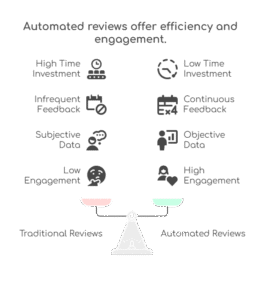
How Can Automation Help HR Companies?
Let me paint you a picture. Remember Sarah from our opening story? Six months after implementing automated performance reviews, she sent me a message that simply said: “I got my life back.”
Here’s how automation transforms the HR performance review landscape:
1. Continuous Performance Tracking
Gone are the days of trying to remember what happened 11 months ago. Automated systems track performance indicators in real-time, creating a rich tapestry of employee achievements, challenges, and growth opportunities.
It’s like having a performance diary that writes itself. Every project completion, every client compliment, every skill development milestone gets captured automatically.
2. Intelligent Data Analysis
Your automation system doesn’t just collect data – it interprets it. It can identify patterns you might miss, flag potential performance issues before they become problems, and highlight star performers who might be ready for advancement.
I recently worked with a client whose automated system identified that their top performers were all struggling with a specific software tool. Within weeks, they rolled out targeted training and saw a 23% productivity boost across the board.
3. Personalized Development Pathways
Here’s where it gets really exciting. HR automation doesn’t just evaluate performance – it actively suggests improvement strategies. Based on individual performance data, learning preferences, and career goals, the system can recommend specific training programs, mentorship opportunities, or project assignments.
It’s like having a career coach for every single employee, working 24/7 to help them reach their potential.
4. Manager Empowerment
Let’s be honest – most managers dread performance review season as much as employees do. Automated performance management transforms managers from reluctant evaluators into empowered coaches.
With continuous data at their fingertips, managers can have meaningful, specific conversations about performance and development. No more vague feedback like “you need to improve communication.” Instead, they can say, “I noticed your project updates have been 30% more detailed this quarter – that’s exactly the kind of clarity our team needs.”
The Performance Review Revolution: Real Numbers, Real Impact
Let me share some data that’ll make your CFO’s heart sing:
| Traditional Annual Reviews | Automated Continuous Reviews |
|---|---|
| 3-4 months of HR time annually | 2-3 hours per month |
| 67% of employees find reviews unhelpful | 89% report increased job satisfaction |
| Average review completion: 78% | Average completion: 96% |
| Performance improvement: 12% | Performance improvement: 34% |
| Manager satisfaction: 54% | Manager satisfaction: 87% |
Source: 2024 HR Automation Impact Study
Those numbers aren’t just impressive – they’re transformative. We’re talking about saving time with automation while simultaneously creating better outcomes for everyone involved.
Beyond the Basics: Advanced Automation Strategies
Now, here’s where things get really interesting. Smart HR companies aren’t stopping at basic automation. They’re integrating their performance review systems with comprehensive business tools.
The Pipedrive Connection
Speaking of integration, let me tell you about one of my favorite automation success stories. A growing tech company connected their performance review system with Pipedrive, creating a unified view of employee performance that extended beyond traditional HR metrics.
Sales team members, for instance, had their CRM performance data automatically integrated into their reviews. Customer success managers saw their client satisfaction scores reflected in real-time. The result? Performance reviews became strategic business conversations rather than administrative checkboxes.
This integration meant that when it was time for promotions, salary discussions, or team restructuring, all the data was already there. No scrambling, no guesswork, no bias – just clear, comprehensive performance insights.
Peer Recognition Integration
Another game-changer? Automated peer feedback collection. Instead of the traditional “360 review” that happens once a year (if you’re lucky), smart systems continuously collect peer insights through micro-surveys, project feedback, and collaboration ratings.
It’s like having a constant pulse on team dynamics and individual contributions. And the best part? It’s all anonymous, honest, and actionable.
FAQ: Your Burning Questions Answered
What About Employee Privacy?
I get this question a lot, and it’s a valid concern. The key is transparency and consent. Employees should know exactly what data is being collected and how it’s being used. In my experience, when employees understand that automation is designed to support their growth rather than catch them making mistakes, adoption rates skyrocket.
How Do We Handle Performance Improvement Plans?
This is where automation really shines. Instead of waiting until someone’s performance has declined significantly, automated systems can identify concerning trends early. This means performance improvement becomes proactive rather than reactive.
I worked with a company whose system flagged a high-performing employee whose engagement scores were gradually declining. A quick conversation revealed they were feeling unchallenged. Rather than waiting for their performance to slip, the company immediately moved them to a more challenging role. Win-win.
What About Smaller Companies?
Automation for HR companies isn’t just for enterprise organizations. In fact, smaller companies often see even more dramatic improvements because they’re not weighed down by legacy systems and processes.
The key is choosing scalable solutions that grow with your company. Start with basic automated reminders and data collection, then gradually add more sophisticated features as your team expands.
How Long Does Implementation Take?
Most companies see initial benefits within 30-60 days. Full implementation – where automation is seamlessly integrated into your culture and processes – typically takes 3-6 months.
But here’s the thing: you don’t have to wait for full implementation to start seeing results. Even basic automation can immediately reduce administrative burden and improve feedback frequency.
The Human Touch in an Automated World
Now, let me address the elephant in the room. Some people worry that automating performance reviews removes the “human element” from HR. I couldn’t disagree more.
Automation doesn’t replace human connection – it enhances it.
When you’re not spending hours on administrative tasks, you have more time for what really matters: meaningful conversations, career coaching, and strategic planning. Automation handles the data; you handle the relationship.
Think about it this way: would you rather spend your time manually tracking who’s submitted their self-evaluations, or would you prefer to spend that time having deep conversations about career development and personal growth?
The choice seems obvious to me.
The Cost of Staying Put
Here’s something that keeps me up at night: the opportunity cost of outdated performance review processes. While you’re still wrestling with annual reviews, your competitors are using continuous performance feedback to:
- Identify and retain top talent faster
- Spot training needs before they become performance problems
- Create more engaged, productive teams
- Make data-driven decisions about promotions and compensation
Every day you delay is another day your best employees might be looking at companies that value their growth and development enough to invest in modern HR automation systems.
I’m not trying to scare you. I’m trying to wake you up to the incredible opportunity sitting right in front of you.
The Future Is Now
I started this article with Sarah’s story, so let me close with an update. That exhausted HR director who used to disappear for three months every year? She’s now leading strategic initiatives, mentoring high-potential employees, and actually enjoys performance review season.
Her secret? She stopped fighting the future and started embracing it.
The question isn’t whether you should automate your performance reviews. The question is whether you can afford not to.
The companies winning the talent war aren’t necessarily the ones with the biggest budgets or the flashiest perks. They’re the ones that respect their employees’ time, provide meaningful feedback, and create opportunities for continuous growth.
Automation makes all of that possible.
So what’s it going to be? Are you ready to transform your performance reviews from a dreaded annual obligation into a strategic advantage that drives engagement, retention, and performance?
The choice is yours. But choose quickly – your competitors already are.
Ready to revolutionize your performance reviews?
Contact our HR automation specialists today to discover how Pipedrive integration and smart automation can transform your entire employee performance management process.
Because your team deserves better than outdated annual check-ins – they deserve continuous growth, recognition, and development.
Your employees are waiting. Your business is waiting. What are you waiting for?
